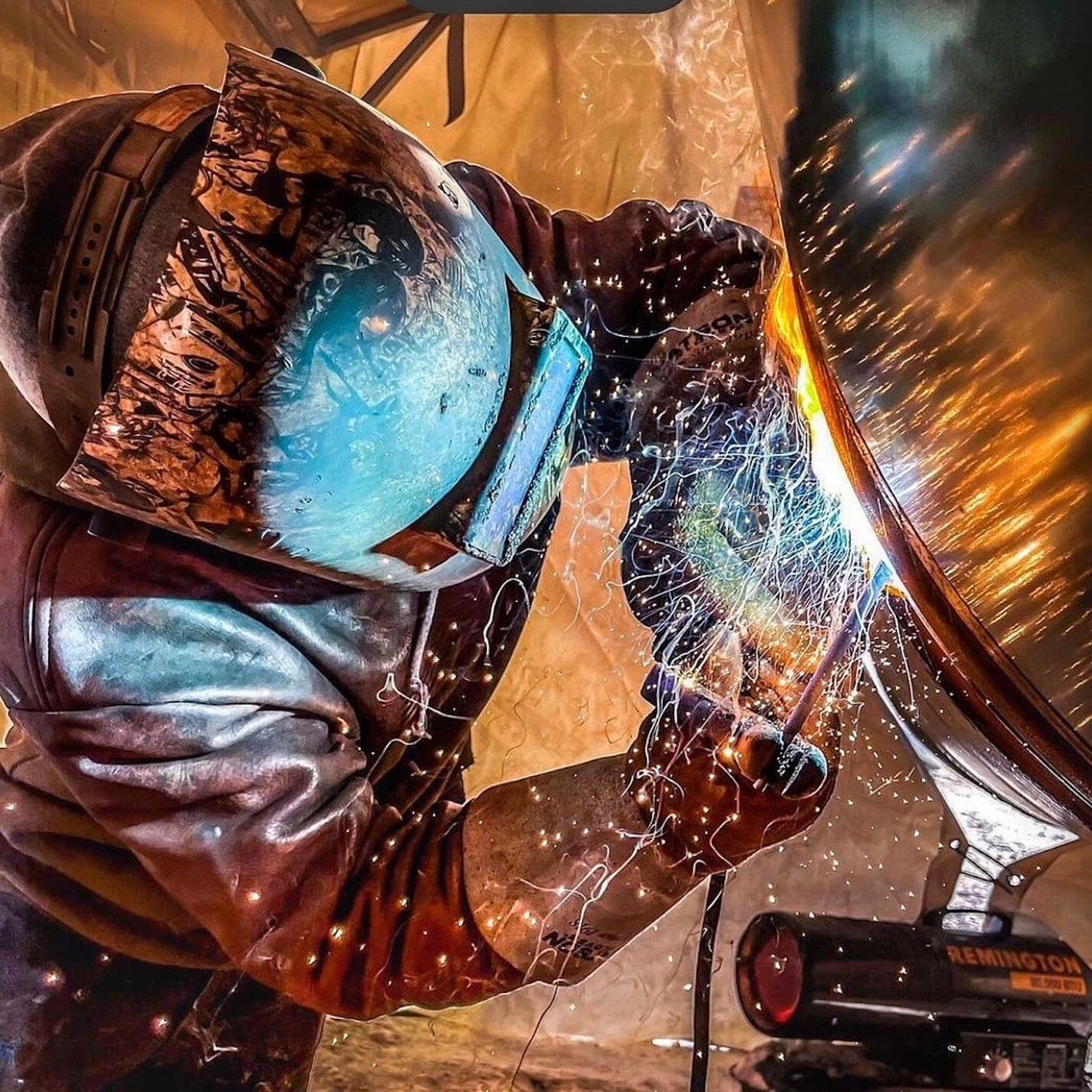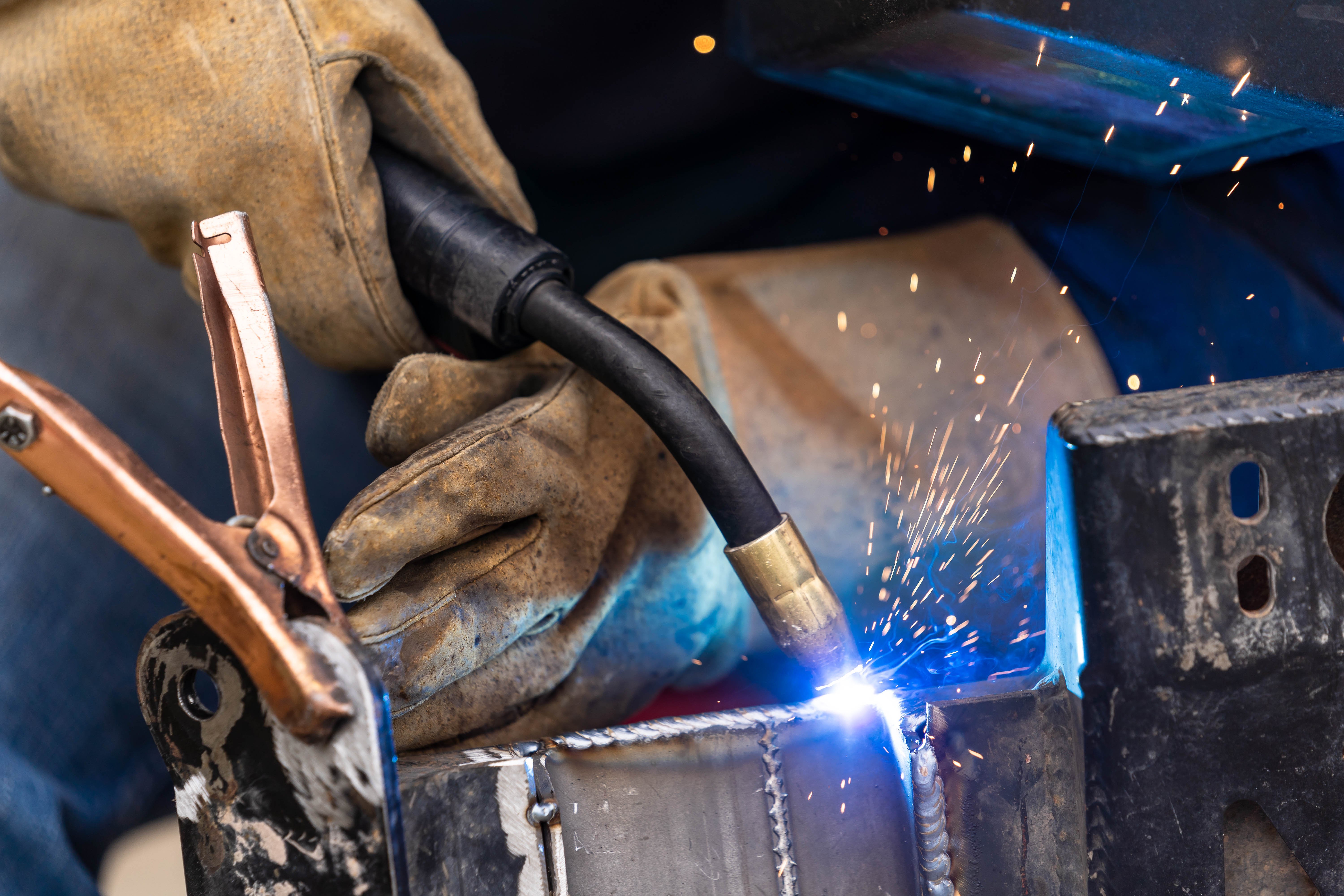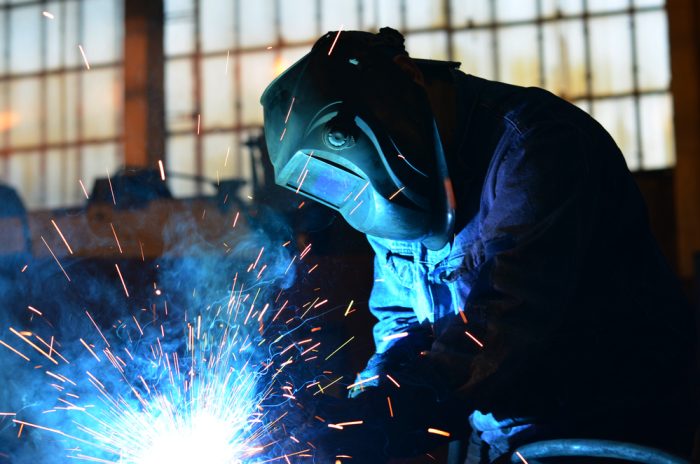Belgrade Fabrication’s go-to strategies for dealing with incomplete fusion
Typical Welding Fixing Issues and Exactly How to Address Them Successfully
Welding repair work frequently come across a series of problems that can jeopardize the integrity of the last product. Usual troubles consist of insufficient penetration, porosity, and imbalance, to name a few. Each defect presents distinct obstacles that require certain strategies for resolution. Recognizing these concerns is vital for welders aiming to improve their skills and outcomes. This discussion will explore these usual welding repair issues and reliable techniques to address them.
Insufficient Penetration
Poor infiltration takes place when the weld metal stops working to fully fuse with the base product, leading to weak joints and potential structural failings. This problem commonly comes from inadequate warmth input, wrong electrode angle, or improper welding rate. Welders may run into inadequate infiltration as a result of a mistake of the needed specifications for a specific material density or type. Furthermore, contamination on the base product's surface area can hinder efficient bonding, exacerbating the trouble. To address inadequate infiltration, welders need to ensure appropriate settings on their devices and maintain a clean job surface area. Routine evaluation of welds is advised to determine any type of deficiencies early, enabling for timely corrections and the prevention of jeopardized architectural integrity in welded assemblies.
Porosity
Porosity is a common problem in bonded joints that shows up as little gas bubbles trapped within the weld metal. This flaw can jeopardize the stability of the weld, leading to reduced strength and possible failure under tension. Montana Mobile Welding and Repair Belgrade. Porosity generally arises from contamination, dampness, or improper welding techniques, which enable gases to run away right into the liquified weld pool. To deal with porosity, welders need to guarantee correct surface area prep work, preserve a tidy working environment, and make use of appropriate welding criteria. Furthermore, choosing the appropriate filler material and protecting gas can reduce gas entrapment. Routine examination and screening of welds can assist determine porosity early, guaranteeing prompt rehabilitative activities are taken, consequently protecting the top quality and integrity of the bonded framework
Misalignment
Imbalance in welding can develop from different elements, consisting of improper arrangement and thermal expansion. Understanding the origin is important for efficient resolution. Numerous improvement methods are available to straighten components and guarantee architectural stability.
Causes of Misalignment
Welding imbalance typically originates from a selection of underlying problems that can jeopardize architectural stability. One key cause is inappropriate fit-up of elements before welding, which can lead to gaps and unequal surfaces. Variants in thermal development throughout the welding procedure can likewise lead to distortion, particularly if the products being joined have different coefficients of growth. Additionally, inadequate clamping and fixturing may stop working to hold elements firmly in location, bring about activity during welding. Inadequately kept equipment, including welding equipments and devices, may introduce incongruities in the weld bead, further adding to misalignment. Driver mistake, stemming from insufficient training or experience, can likewise play a substantial function in producing misaligned welds.

Adjustment Strategies Offered
Dealing with imbalance properly requires a mix of corrective techniques tailored to the details concerns available. One typical approach is making use of components or jigs to hold parts in the correct placement during welding, ensuring regular alignment. Additionally, pre-heating the products can help in reducing distortion and enhance fit-up. For considerable imbalance, mechanical adjustment strategies, such as using hydraulic jacks or clamps, can be employed to deal with the placement prior to welding. Post-weld warmth therapy may likewise be necessary to ease tensions triggered by imbalance. Ultimately, cautious evaluation and change during the setup phase can protect against imbalance issues from coming to be substantial troubles, promoting a smoother welding procedure and boosting general structural integrity.
Distortion
Distortion is a common challenge in welding that can occur from different variables, consisting of irregular cooling and heating. Recognizing the root causes of distortion is important for executing effective avoidance strategies. Resolving this problem not only improves architectural honesty yet additionally improves the general high quality of the weld.
Reasons for Distortion
When subjected to the extreme warmth of welding, products commonly go through adjustments that can lead to distortion. This phenomenon mainly develops from thermal development and tightening during the welding process. As the weld area warms up, the material broadens; upon air conditioning, it acquires, which can produce inner stress and anxieties. Additionally, uneven heating across a workpiece can exacerbate these stress and anxieties, resulting in bending or bending. The kind of material also plays a significant role; steels with varying thermal conductivity and coefficients of expansion may react in a different way, leading to unpredictable distortions. Moreover, bad joint design and poor fixturing can add to misalignment throughout welding, enhancing the likelihood of distortion. Recognizing these causes is crucial for efficient welding fixing and avoidance strategies.
Prevention Techniques
Efficient prevention methods for distortion throughout welding concentrate on managing warmth input and ensuring appropriate joint style. Maintaining a regular warmth input assists to reduce thermal development and contraction, which can bring about distortion. Making use of techniques such as pre-heating the workpiece can also minimize the temperature slope, advertising consistent home heating. Additionally, selecting ideal joint designs, such as helpful resources T-joints or lap joints, can boost security and reduce stress focus. Executing correct fixturing to protect the work surfaces in place further help in maintaining positioning throughout the welding process. Staggered welding sequences can distribute heat more evenly, avoiding local distortion. By applying these methods, welders can greatly lower the chance of distortion and improve the overall high quality of their welds.
Cracking
Fracturing is an usual problem come across in welding repair work, often resulting from different elements such as incorrect air conditioning rates, material choice, or insufficient joint prep work. The incident of splits can significantly endanger the integrity of the weld, bring about prospective failings throughout procedure. To resolve this concern, welders should first examine the source, making sure that materials are compatible and appropriately chosen for the details application. Additionally, controlling the cooling rate during the welding procedure is crucial; rapid cooling can induce stress and result in fracturing. Correct joint layout and prep work also add to decreasing the risk. Applying these strategies can improve weld quality and longevity, ultimately decreasing the likelihood of splitting in completed weldments.

Incomplete Fusion
A considerable problem in welding repair work is insufficient fusion, which happens when the weld metal does not effectively bond with the base product or previous weld passes - Belgrade Welding. This problem can lead to weaknesses in the joint, potentially compromising the stability of the bonded structure. Factors contributing to incomplete combination consist of inadequate heat input, improper welding technique, and contamination of the surface areas being signed up with. To address this concern successfully, welders must ensure proper pre-weld cleansing and surface area preparation, along with readjust their welding criteria to attain adequate penetration and fusion. Regular assessment throughout the welding procedure can also assist recognize insufficient combination early, permitting timely rehabilitative actions to enhance the overall top quality of the weld
Overheating
While welding fixings can enhance architectural honesty, overheating presents a substantial challenge that can lead to product degradation. Too much heat during welding can modify the mechanical residential or commercial properties of steels, leading to minimized strength, enhanced brittleness, and warping. This sensation is specifically crucial in high-stress applications where structural dependability is paramount. Identifying getting too hot can involve visual inspections for staining or distortion, in addition to checking temperature during the welding process. To mitigate navigate to this website the threats connected with overheating, welders ought to use proper methods, such as managing heat input, changing travel rate, and making use of appropriate filler products. Furthermore, implementing pre- and post-weld warmth therapies can aid restore product residential properties and improve the general high quality of the fixing, guaranteeing long-term performance and safety.
Regularly Asked Questions
What Are the Usual Indications of a Welding Issue?

Just How Can I Test My Welds for High quality?
To test welds for high quality, one can make use of aesthetic evaluations, ultrasonic testing, and radiographic approaches. Each technique assures structural integrity, determines issues, and confirms adherence to specified criteria, ultimately boosting the reliability of the bonded joints.
What Safety and security Safety Measures Should I Take While Welding?
When welding, one need to prioritize safety and security by using proper individual safety devices, ensuring appropriate ventilation, safeguarding flammable products away, preserving a tidy work space, and knowing surroundings to stop injuries and crashes.
Can I Fix a Weld Without Renovating the Entire Joint?
Repairing a weld without redoing the whole joint is possible, relying on the damages (Montana Mobile Welding and Repair Belgrade). Strategies such as grinding, adding filler material, or utilizing a welding process can properly address certain defects while preserving the bordering structure
What Devices Are Important for Reliable Welding Repairs?
Necessary tools for reliable welding repair services include a journeyman welder welding equipment, wire brush, mill, safety equipment, clamps, and filler products. Each tool plays a crucial role in making certain top quality and safety and security throughout the repair service process. Porosity typically emerges from contamination, wetness, or incorrect welding techniques, which allow gases to escape right into the molten weld pool. Improperly kept equipment, including welding makers and devices, might present disparities in the weld bead, further contributing to misalignment. When subjected to the extreme warm of welding, materials often undertake changes that can lead to distortion. Splitting is an usual issue experienced in welding repair services, commonly resulting from numerous variables such as improper air conditioning rates, product selection, or insufficient joint prep work. A substantial concern in welding repairs is insufficient combination, which happens when the weld metal does not adequately bond with the base material or previous weld passes.